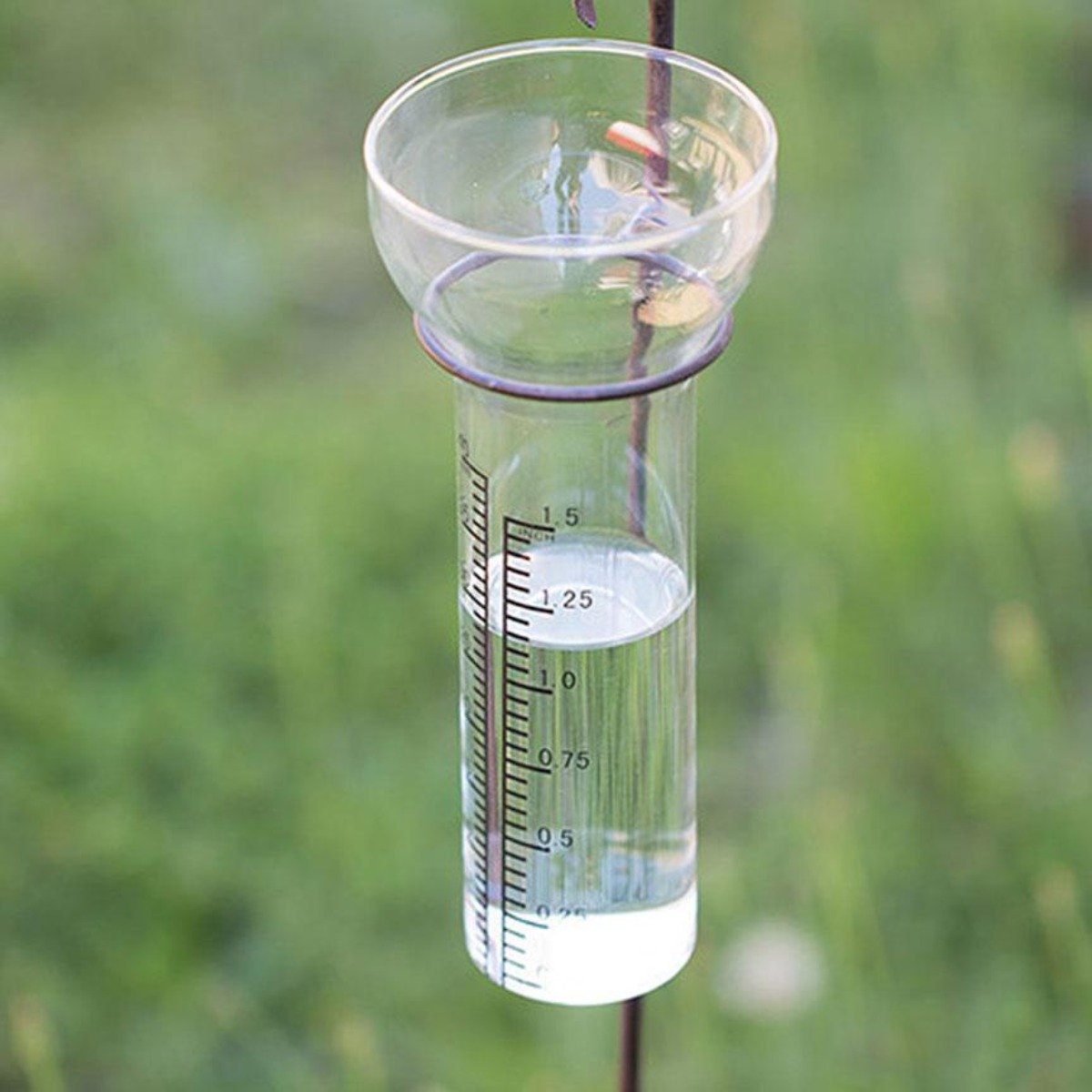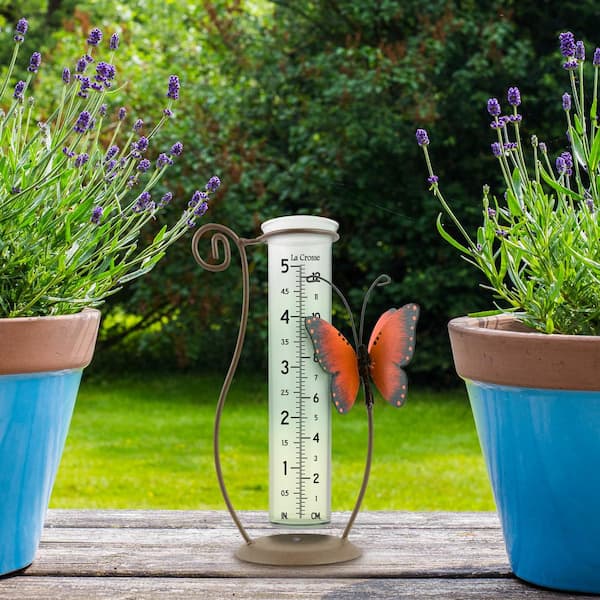The Rain Gauge: A Comprehensive Overview to Accurate Weather Measurement
The Rain Gauge: A Comprehensive Overview to Accurate Weather Measurement
Blog Article
Just How to Choose the Right Rain Gauge for Accurate Rainfall Information
Accurate rains data is critical for various markets and tasks, such as agriculture, water, and meteorology resource administration. To obtain reputable dimensions, it is important to choose the appropriate rain scale. This overview intends to provide beneficial insights right into the choice procedure, permitting you to make educated decisions. Taking into consideration aspects such as location, type, and precision of the rainfall scale will assist make certain precise information collection. In addition, recognizing the upkeep and calibration procedures will certainly add to the longevity and dependability of your rainfall scale. By following these guidelines, you can make certain precise rains information, making it possible for better decision-making and planning for numerous applications.
Relevance of Selecting the Right Rain Gauge
The importance of picking the right rainfall gauge depends on obtaining precise and dependable rains information for exact atmospheric evaluation. Rainfall data is critical for a vast range of applications, consisting of weather condition projecting, hydrological modeling, and environment research. Incorrect or unstable data can bring about erroneous verdicts and flawed decision-making processes.

Secondly, the accuracy and precision of the rain scale are vital. The gauge ought to have the ability to measure rainfall with high precision, catching even tiny quantities of rainfall properly. It needs to additionally reduce mistakes because of dissipation, wind, and other environmental elements. Routine calibration and upkeep are necessary to guarantee continuous precision.
Moreover, the area and setup of the rain scale are important considerations. It ought to be put in an open area, away from blockages that could affect rains measurements. The scale should be positioned at a proper height and angle to avoid spilling and ensure appropriate catchment of rainwater.
Aspects to Take Into Consideration When Choosing a Rainfall Scale
When picking a rainfall scale, there are several vital aspects to consider. These elements can considerably affect the precision and integrity of the rainfall information accumulated. The very first factor to take into consideration is the type of rain gauge. There are different types available, including standard rain determines, tipping bucket rain gauges, and weighing rainfall gauges. Each type has its own benefits and drawbacks, so it is necessary to select one that ideal matches your details demands and demands.
Another element to take into consideration is the product of the rainfall gauge. Rain determines can be made from numerous materials, such as steel, plastic, or glass. The product picked should be immune and durable to weather problems, ensuring that the rain gauge will certainly endure the components and provide exact dimensions over time.
Precision is additionally an essential variable to consider. Look for rain gauges that have actually been calibrated and evaluated for accuracy. Features such as anti-splash rings and funnels can likewise boost the precision of the dimensions.

Finally, take into consideration the environment and environment in which the rainfall gauge will be utilized. Different rain evaluates are appropriate for different climates, so it is necessary to select one that is ideal for the problems in your location.
Various Kinds Of Rainfall Gauges Offered
To even more check out the variables to think about when choosing a rain gauge, it is essential to comprehend the various sorts of rainfall determines available. There are numerous sorts of rainfall evaluates, each with its own advantages and disadvantages. The most common kind is the basic rainfall gauge, additionally referred to as the cylindrical rainfall gauge. This type is composed of a straight-sided cylindrical container with a funnel-shaped top. It is simple to utilize and gives exact dimensions of rainfall.
Another type of rainfall gauge is the tipping container rainfall scale. As the rainfall falls into the scale, it loads up one side of the pail, causing it to empty the water and tip.
A 3rd type of rain scale is the evaluating rainfall gauge. As the rain drops right into the gauge, it is accumulated in a container connected to an equilibrium.
Ultimately, there are also remote rain determines that use advanced technology to measure rains (The Rain Gauge). These assesses usage sensing units and transmitters to send out data wirelessly to a main unit. Remote rainfall evaluates are practical for keeping track of rainfall in hard-to-reach locations or for large-scale data collection
How to Establish the Accuracy of a Rainfall Gauge
One method to analyze the accuracy of a rainfall gauge is by performing regular calibration dimensions. Calibration includes contrasting the readings of a rain gauge to a common measurement, such as a certified rain scale or a weather terminal with high precision. By comparing the dimensions, any kind of inconsistencies or inaccuracies in the rainfall gauge can be identified and made up.
To perform a calibration measurement, begin by accumulating rains information from both the rainfall gauge and the common measurement tool over a particular period, such as a month. Then, contrast the analyses and compute the distinction in between them. This distinction is referred to click now as the calibration error.
It is crucial to keep in mind that calibration dimensions need to be performed consistently, as ecological aspects, such as debris, wind, and temperature level, can impact the accuracy of the rain gauge with time. By carrying out regular calibrations, any kind of changes in the accuracy of the rainfall gauge can be identified and modifications can be made as necessary.
In addition to calibration, it is also suggested to clean and preserve the rain gauge consistently to ensure its accuracy. Eliminate any particles or blockages that may affect the precision of the measurements, and check for any type of signs of damage or put on that may call for repair services or replacement.
Tips for Preserving and Calibrating Your Rain Scale
Routine maintenance and calibration are critical for guaranteeing the accuracy and dependability of your rainfall scale in gauging rainfall data (The Rain Gauge). By adhering to a couple of easy look at this website ideas, you can guarantee that your rain gauge is correctly kept and adjusted
First of all, it is necessary to cleanse your rainfall scale consistently to stop any type of particles or dirt from blocking the rainfall collection device. Make use of a soft brush and a light cleaning agent to gently clean the inside and exterior of the gauge. Wash it completely with clean water and allow it to dry totally prior to reinstalling it.
Secondly, it is advised to calibrate your rain scale at the very least annually. Calibration includes comparing the dimensions of your rainfall gauge with those of a relied on and accurate recommendation scale. This will certainly aid you determine and fix any kind of prospective errors in your rainfall scale's dimensions.
To calibrate your rainfall gauge, accumulate a known quantity of water utilizing a determining container and contrast it with the measurements tape-recorded by your rainfall gauge. Change the readings as necessary to ensure accuracy.

Verdict
In verdict, picking the best rainfall scale is essential for getting precise rainfall data. Elements such as budget, function, and location should be considered when selecting a rainfall gauge.
There are various types available, consisting of typical rainfall evaluates, tipping bucket rainfall determines, and considering rain evaluates.To further check out the variables to consider when choosing a rainfall gauge, it is vital to comprehend the various kinds of rainfall evaluates readily available. The most usual type is the conventional rain gauge, additionally understood as the cylindrical rain scale.One more type of rain scale is the tipping bucket rainfall gauge. Calibration entails contrasting the analyses of a rainfall gauge to a basic measurement, such as why not check here a certified rainfall scale or a climate terminal with high precision.
Report this page